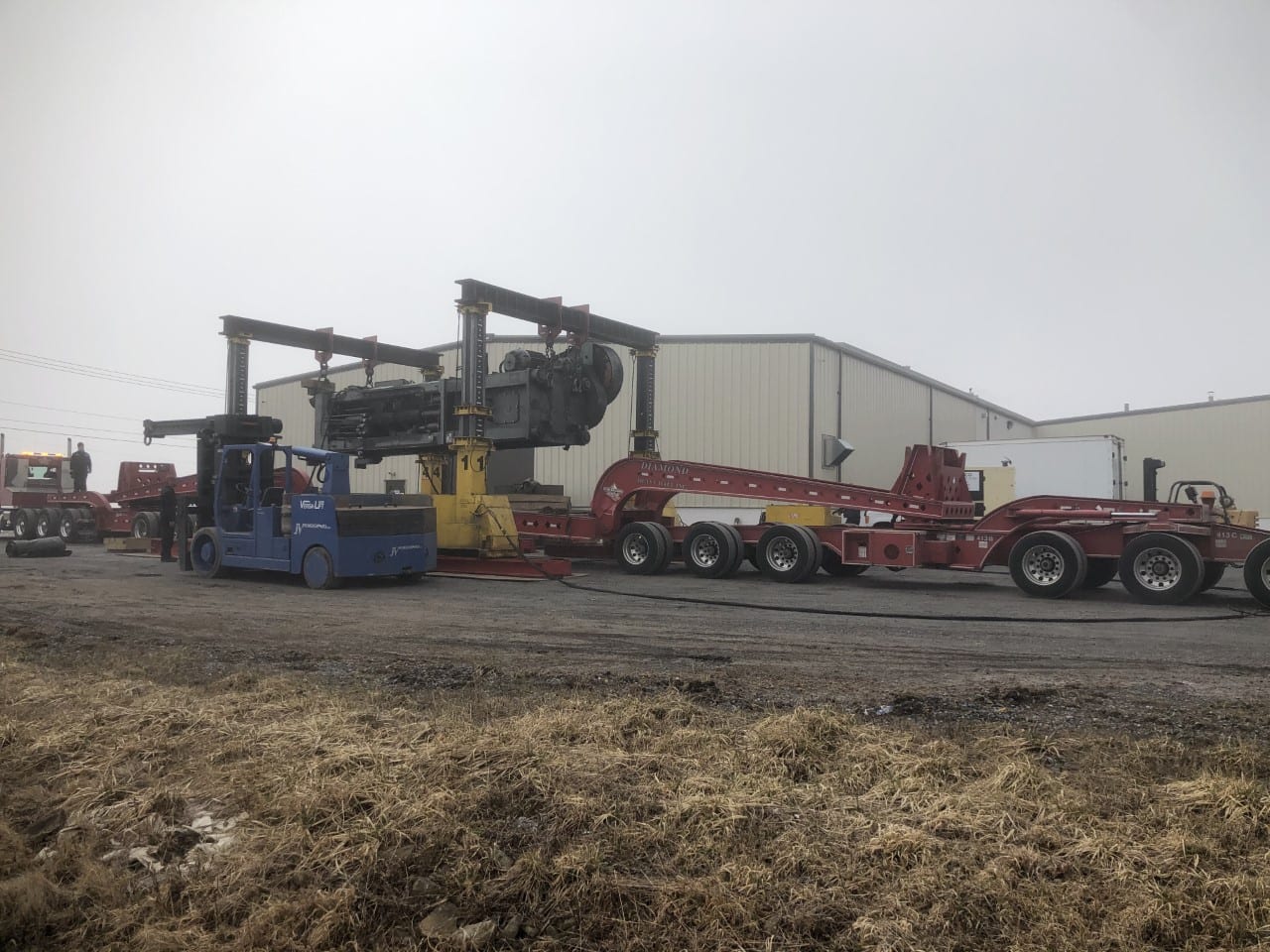About
NATIONWIDE MACHINERY MOVING & RIGGING SERVICES
Large Enough to Serve Customers Nationwide, Small Enough to Care
For nearly 40 years, J.V. Rigging has been providing machinery moving and rigging services to customers throughout the continental United States in a variety of industries. We also help customers meet their machine storage needs while offering equipment rental and lift consulting services.
Whether customers are in the Aerospace, Automotive, Energy, Food & Beverage, Machining, Medical Equipment, Plastics, Tool & Die or 3D Printing industry, one thing is certain: they get the best-trained and most safety-conscious crews in the business. The certifications that our fully bonded and insured crew members hold include:
- OSHA-certified Lockout/Tagout Training
- National Commission for the Certification of Crane Operators (NCCO) Licenses
- Industrial Forklift Training
- Gantry Crane Training
With more than 150 years of combined experience, our crews stand above the rest because they are knowledgeable, hard-working and well-mannered. What’s more, they dress in company uniforms and present a professional appearance.
From our headquarters in New Kensington, PA, near Pittsburgh, we’re prepared to help you met your machinery moving and rigging, machine storage, equipment rental or lift consulting requirements.
